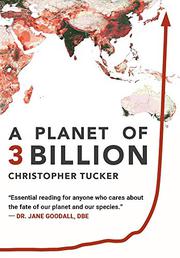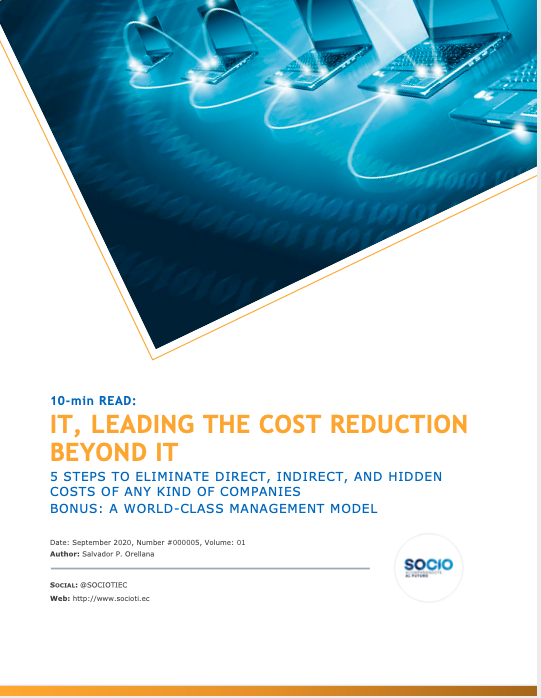
Tucker argues for the benefits of
decreasing Earth’s population in this debut work on sustainability.
Earth has a carrying capacity,
according to the author, and it’s less than half the number of human beings
that it currently has: “In effect, humanity has been on a century-long binge,”
he says, “featuring exponential population growth, continuous growth in
industrial output and individual consumption, and the ecological devastation
that goes with it.” He argues that the ideal population is 3 billion
people—approximately the number that were alive on Earth in the mid-20th
century. This may sound like a low number, but Tucker’s method of calculating
it sounds quite reasonable. The population is not only growing, but becoming
increasingly “middle class,” he asserts, meaning that each person is able to
consume more things and generate more waste. Even if the population were to
stabilize and humanity found new, hyperefficient ways to recycle its trash, the
author argues that we’ve already passed the point of sustainability, given the
size of the planet and its amount of resources. The author presents and
analyzes many different population-sustainability hypotheses, and also examines
historical trends from humanity’s first 200,000 years, which produced
relatively minuscule population growth. Tucker then lays out his case for why
estimates above 3 billion are, in his opinion, starry-eyed. So what, then, do
we do with all the extra people? The author has a long-term plan—and it’s
actually much simpler, and less sinister, than one might think. In the second
half of the book, the author provides a strategy for getting back to a
sustainable civilization—an act that he characterizes not as a retreat or
decline, but as a chance for a new beginning.
This book has a premise that’s
likely to alarm the vast majority of readers at first glance, but Tucker
executes his argument in a tone that’s calm and even cordial. Although he
admits that his target number might be wrong—and encourages others to attempt
to raise it, based on the available data—he shows a deep familiarity with the issue
of overpopulation, and comes to his argument armed with information. Indeed,
many readers may find themselves marveling at the complexity of Earth’s
resource cycle, as he lays it out. Even those who finish the book unconvinced
of the necessity of curbing Earth’s population will get a better understanding
of the factors that go into human sustainability—and of how easily they can
become imbalanced. In the end, Tucker’s primary theme seems to be that
humankind needs to start thinking about its problems in a geographic framework:
“Without a shared geographical understanding of our planet, our species, and
the civilizations we have created, we will soon find ourselves unable to deal
with the unfortunate consequences of ignoring certain realities about our planet.”
This is a book that may initially inspire fear, but ideally, it will also be
one that engenders discussion.
A book that offers an engaging and
sometimes-frightening dose of overpopulation reality.






Add comment